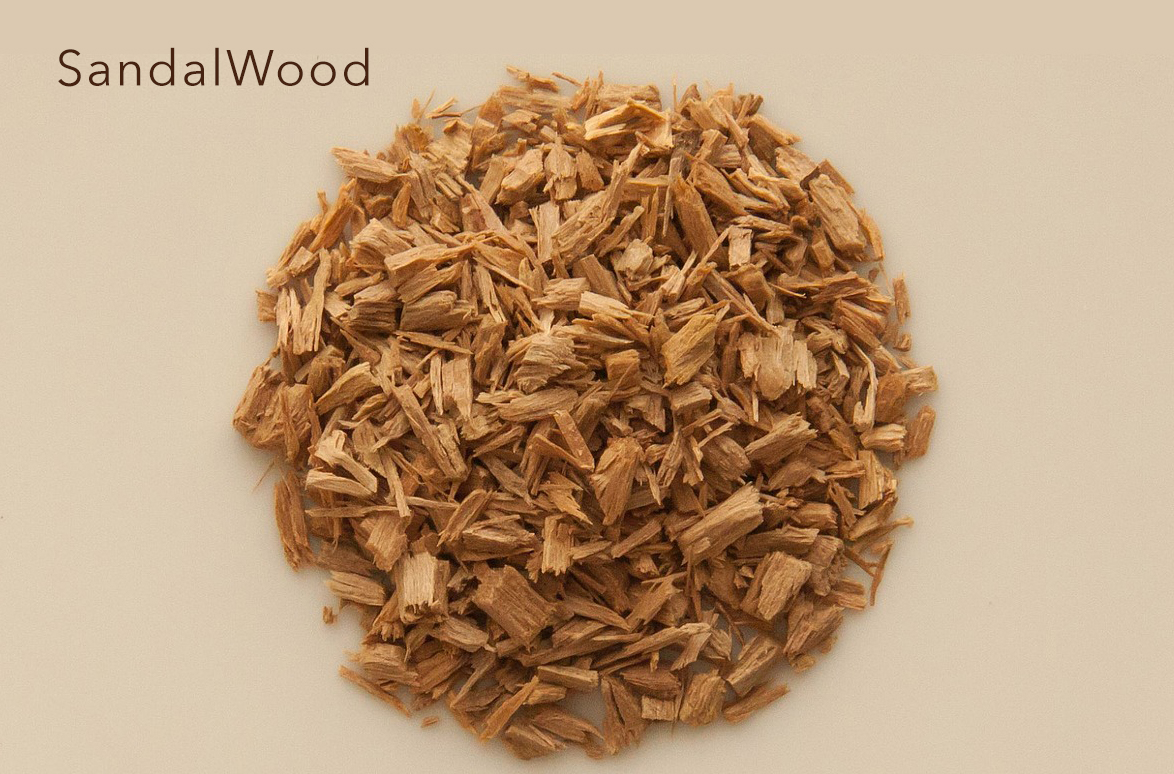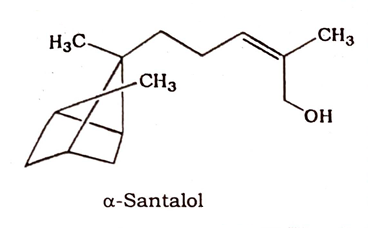Synonyms:
Yellow Sandal Wood, Santali Lignum.
Botanical Source
Sandalwood consists of the heartwood of the stems and roots of Santalum album Linn., an evergreen small tree of the family Santalaceae.
Geographical Source of Sandalwood
The plant is widely distributed in India and is cultivated under Government control in Southern India.

Macroscopical and Microscopical Characters:
Sandalwood occurs in logs, up to I metre in length and 10 to 20 cm in diameter, yellowish or pale reddish in colour, hard, heavy and dense, but easily splits longitudinally. Alternating lighter and darker zones are visible on the transverse surface; the medullary rays arc very fine and close together; vessels are mostly solitary, only occasionally occur in small radial groups. It possesses a strong fragrant odour and a slightly bitter taste.
Chemical Constituents Sandalwood
Sandalwood contains 2 to 5 percent of volatile oil, which contains 90 to 97 percent of sesquiterpene alcohols, called santalols.

Uses of Sandalwood:
The wood is used as a source of Sandalwood oil, which is a stimulant and disinfectant of the genito-urinary tract. It is also used in perfumery. The wood is also used to make boxes, carvings and similar articles.
Substitutes and Varieties:
West Indian Sandalwood from Amyris balsamifera (Fam. Rutaceae), Australian Sandalwood from Eucarya spicata and Santalum pressianum (Fam. Santalaceae) and Fiji Sandalwood from Santalum freycinetianum (Fam. Santalaceae) are substitutes and varieties of Sandalwood.

